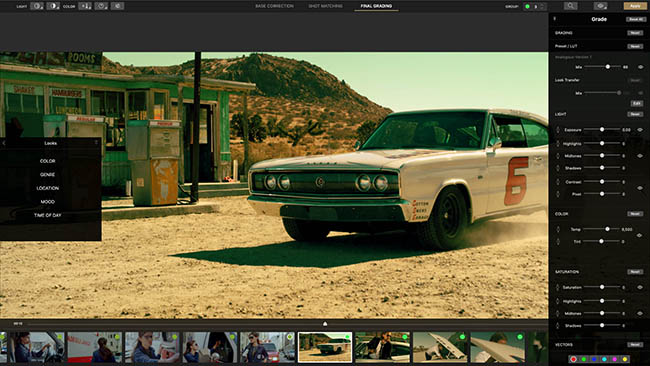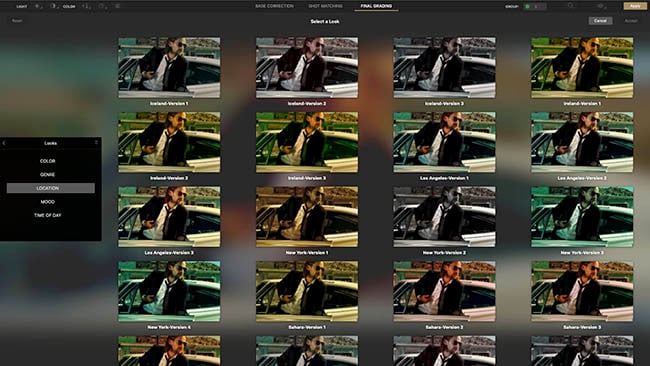
With this tool selected, we can click to drop a node onto our image where were want changes made. Let's use the Shift-E shortcut to get selective exposure and clean up our shadows and highlights. Now we're cooking with gas.īut we're not done yet. The image is a little desaturated so we'll press the shortcut S, or click on the saturation button in the top left, and do the same. In Cinema Grade, a few adjustments get us close to a Rec.709 equivalent, with quick access to the tools for fine-tuning.īy selecting our contrast tool in the top left of the viewer, or using the shortcut C, we click on our footage and drag up to increase the contrast. While we can always use a LUT to bring the footage into a Rec.709 color space, the results aren’t always perfect. In this shot captured on the Sony F5, we need to add more contrast and saturation. In the middle top of the viewer, users will find a page for the Base Correction, a Shot Matching page, and the Final Grading page. Users can work their way from left to right in order to make changes to exposure, then color temperature, and finally finish off with saturation and color adjustments.

It covers everything you'll need for exposure, white balance, saturation, and secondary color changes.Ĭinema Grade helps with the process of color grading by providing you with a workflow using the progression that is found on the top left of the viewer.

In the new viewer window, you'll see your footage, as well as a menu system on the right where all of your adjustments can be made using a Lightroom-inspired toolset.
CINEMA GRADE SUPPORT PRO
We took a look at Cinema Grade in Final Cut Pro by dropping into onto our footage like an effect and then opening the control panel in the inspector. (Sorry, Avid users.) While the workflow is similar between Adobe Premiere and Final Cut Pro, there are a few differences in the Resolve version.

Cinema Grade works as a plugin for the big three NLEs.


 0 kommentar(er)
0 kommentar(er)
